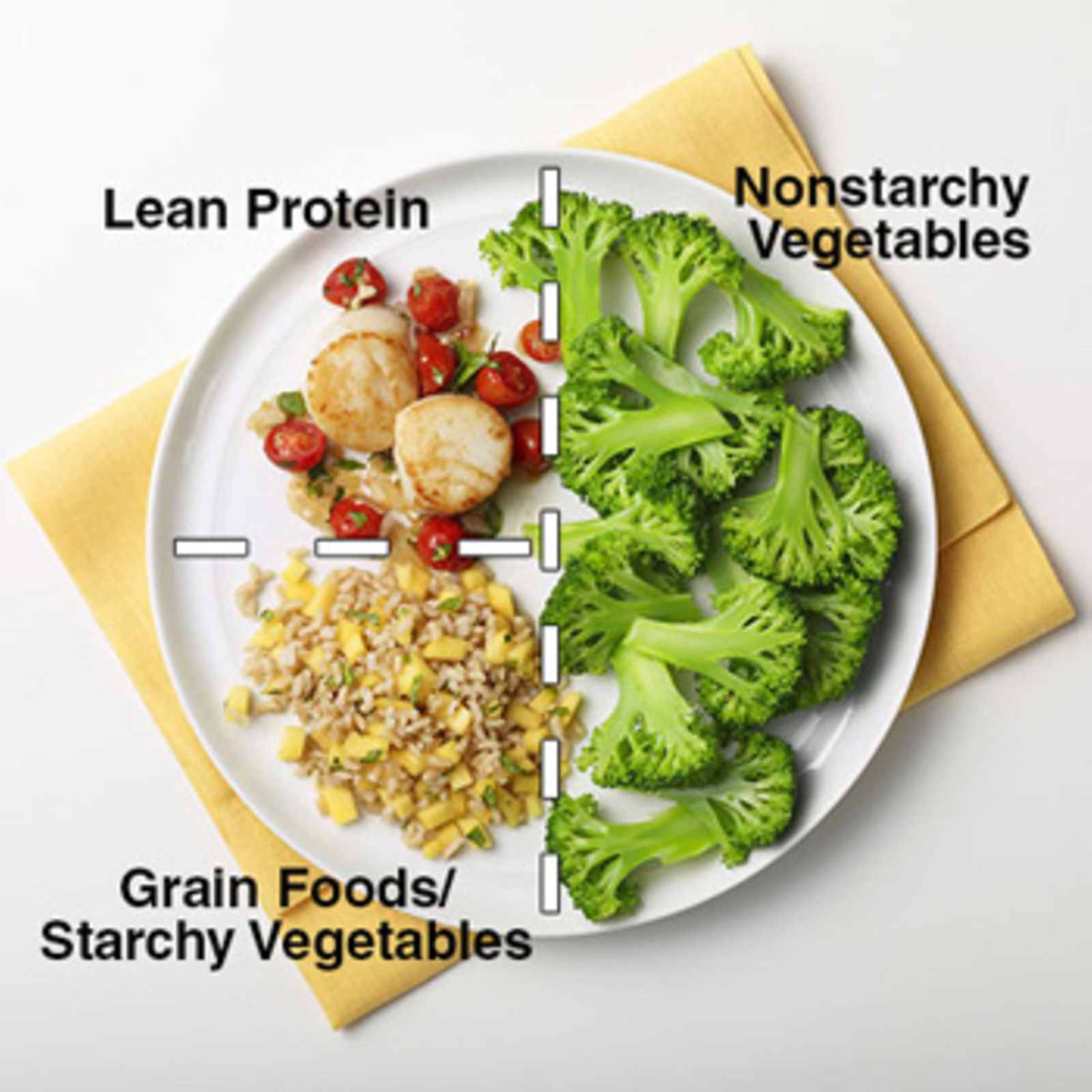


Introduction
Diabetes management is a complex process that requires constant attention to diet, exercise, and medication. One of the key challenges for individuals living with diabetes is making dietary choices that help maintain blood glucose levels within a target range. The Plate Method is a simple and effective tool that can aid in this process. This essay will explore the benefits of using the Plate Method for diabetics, including its simplicity, nutritional balance, portion control, and its role in promoting a healthy lifestyle.
Simplicity and Ease of Use
One of the primary benefits of the Plate Method is its simplicity. Unlike other dietary plans that require counting carbohydrates or measuring food portions, the Plate Method uses the plate itself as a guide for portion sizes and food group distribution. This visual approach makes it easier for individuals to plan their meals without feeling overwhelmed by complicated calculations or the need for special tools.
Nutritional Balance
The Plate Method encourages a balanced diet by dividing the plate (generally a 9 inch [23 cm] plate) into sections for different food groups. Typically, half the plate is filled with non-starchy vegetables, one-quarter with lean protein, and the remaining quarter with whole grains or starchy foods. This distribution ensures that individuals consume a variety of nutrients necessary for overall health, including fiber, vitamins, and minerals, while also managing carbohydrate intake.
Portion Control
Portion control is crucial for managing diabetes, as overeating can lead to spikes in blood sugar levels. The Plate Method naturally limits portion sizes by using the plate as a guide. By filling only the designated sections of the plate with specific types of food, individuals can avoid the common pitfall of over-serving themselves, which can be especially beneficial for those who struggle with estimating serving sizes.
Promotion of a Healthy Lifestyle
Adopting the Plate Method can lead to a healthier lifestyle overall. It encourages the consumption of a variety of foods, including a greater intake of vegetables and whole grains, while limiting the intake of processed foods and sugars. This way of eating can lead to weight loss, improved blood sugar control, and a reduced risk of diabetes-related complications.

Weight Management
For many diabetics, weight management is a key component of controlling the disease. The Plate Method can aid in weight loss by promoting a diet rich in fiber and low in calories. Fiber-rich foods, such as vegetables and whole grains, can help individuals feel full longer, reducing the likelihood of snacking on high-calorie, high-carbohydrate foods that can lead to weight gain.
Blood Sugar Control
The Plate Method can also help individuals better control their blood sugar levels. By emphasizing non-starchy vegetables and lean proteins, the method helps to slow down the absorption of glucose into the bloodstream, preventing sudden spikes in blood sugar. Additionally, the inclusion of whole grains provides a steady source of energy, as they are digested more slowly than refined grains.
Reduced Risk of Complications
Long-term complications of diabetes, such as heart disease, kidney disease, and nerve damage, are often linked to poor dietary choices. The Plate Method can reduce the risk of these complications by promoting a diet that is lower in saturated fats, trans fats, and cholesterol. The emphasis on whole foods over processed foods also means a lower intake of sodium, which can help manage blood pressure.
Flexibility and Adaptability
The Plate Method is highly adaptable to individual preferences and cultural dietary patterns. It does not restrict any specific foods but rather focuses on the proportion of different food groups on the plate. This flexibility allows individuals to enjoy a wide range of foods and cuisines while still managing their diabetes effectively.
Education and Empowerment
Using the Plate Method can be an educational experience for diabetics. It teaches us about the importance of food choices in managing our condition and empowers us to take control of our health. By understanding how different foods affect our blood sugar levels, we can make informed decisions that contribute to better diabetes management.
Conclusion
The Plate Method is a beneficial tool for individuals with diabetes. Its simplicity, focus on nutritional balance, natural portion control, and promotion of a healthy lifestyle make it an ideal choice for those seeking to manage their condition effectively. By incorporating the Plate Method into their daily routine, diabetics can enjoy a variety of foods, maintain a healthy weight, control their blood sugar levels, and reduce the risk of complications, all while feeling empowered in their journey towards better health.
Your Diabetic Living and Recipes Admin Team